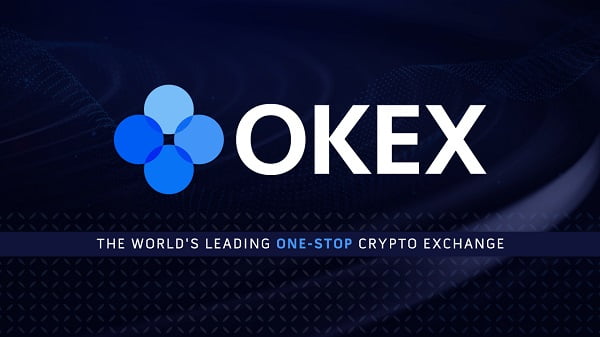
[ad_1]

On August 29, the team behind decentralized Bitcoin infrastructure provider Interlay unveiled the Minimum Viable Product (MVP) of its BOB (“Build on Bitcoin”) solution, a new Bitcoin layer 2 network.
As a hub for innovation and decentralized application development, BOB integrates Rust smart contracts compatible with Bitcoin libraries like Lightning and Ordinal while supporting the Ethereum Virtual Machine (EVM).
Developers envision BOB as a prime platform to nurture experimentation and create new decentralized applications on Bitcoin’s robust framework.
“Our goal is to enable builders to create truly decentralized applications and innovate on top of Bitcoin’s existing stack, including Lightning, Ordinals, and Nostr,” Co-founder Alexei Zamyatin said in a statement.
“Thereby, BOB bets on enabling builders from Ethereum and other ecosystems to quickly bring their DeFi, NFT, and other web3 products to Bitcoin’s 300 million users.”
Interlay is the universal layer for Bitcoin finance worldwide, encompassing BTC trading, lending, staking, and integration with diverse DeFi offerings. It’s built on a trustless bridge foundation, layered with an AMM and money market, all presented through an intuitive one-click interface.
This interface provides seamless on/off ramps and multi-chain compatibility. With a history of $9.5 million in venture funding, Interlay has also pioneered tokenized Bitcoin and contributed to a Polkadot cross-chain bridge.
BOB’s First MVP Showcases BRC-21: A Novel Trustless Bitcoin Bridge for Interoperable Tokens
The first MVP of BOB features a demonstration app that implements the novel Bitcoin standard BRC-21, enabling secure token bridging from other chains like ETH, DAI, and USDC to Bitcoin.
Introduced by the Interlay team in response to the Ordinals protocol’s sudden rise, BRC-21 employs the BRC-20 token format. This innovative standard leverages Bitcoin to trustlessly bridge tokens from diverse chains onto the Bitcoin network.
Using cryptographic transaction verification alongside mint and burn logic, any Ethereum-based ERC-20 token can be seamlessly bridged to Bitcoin as a BRC-21 token.
The release of BOB’s MVP incorporates Interlay’s trustless Bitcoin bridge and an integrated Bitcoin Light client, enabling secure cross-bridge functionality between ERC-20 and BRC-21 tokens.
“ZK rollups are currently the best bet for such architecture, however, we’re building BOB’s to support whatever cryptographic primitives find their way into Bitcoin,” said Dominik Harz, project Co-Founder and CTO
This integration facilitates trustless swaps and other BTC primitives, like hashrate markets.
The upcoming full-release schedule will further enhance interoperability by introducing Ethereum compatibility, a refined Bitcoin peg mechanism building upon Interlay’s trustless BTC bridge, and Bitcoin rollup mechanics.
“We are working to have the mainnet live with launch partners, tooling, and infrastructure before the Bitcoin halving. A public testnet for builders to start testing is scheduled for before Christmas this year,” said Zamyatin.
Initiatives like Ordinals have drawn criticism from Bitcoin maximalists, who contend that the well-established protocol’s decades-long secure operation shouldn’t be subject to experimental use on the blockchain, potentially undermining the network’s stability and public trust in the premier cryptocurrency.
“Rollups offer the best chance to ensure lasting value growth for Bitcoin, enhancing the protocol’s economic sustainability post upcoming halving events,” stated Dominik.
The co-founder of Interlay also expressed a strong belief in the necessity of broadening Bitcoin’s utility beyond mere “hodling.”
[ad_2]
Source link




